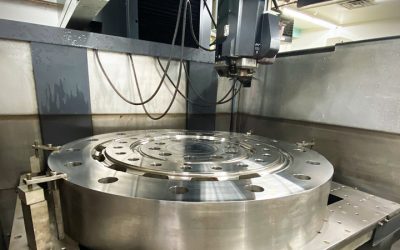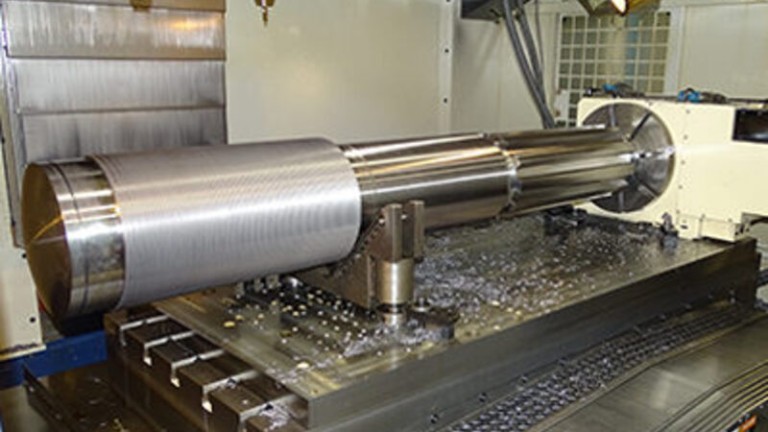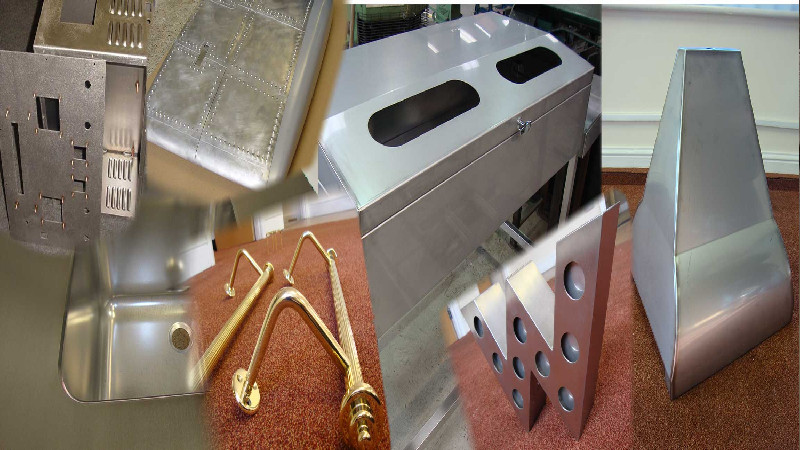In the competitive landscape of manufacturing, precision and efficiency are paramount. One critical step in the manufacturing process that often gets overlooked is deburring—the removal of rough edges or protrusions from machined parts. CNC deburring tools play a vital role in this process, ensuring that components meet strict quality standards and function optimally in their final applications.
Importance of Precision Deburring
Deburring is not merely a cosmetic procedure; it’s a quality assurance measure that impacts the functionality and longevity of machined parts. Sharp edges can lead to part misalignment, premature wear, and potential injury during handling. CNC deburring tools provide a precise, automated solution to this issue, enhancing product safety and integrity.
Types of CNC Deburring Tools
The choice of the right CNC deburring tool depends largely on the material being machined and the specific requirements of the part. Here are some commonly used CNC deburring tools:
- Rotary Deburring Tools: These tools are equipped with blades or brushes that rotate to remove burrs. They are effective for both metal and plastic components.
- Abrasive Brushes: Ideal for softer metals and plastics, these brushes gently grind away imperfections without damaging the part.
- Electrochemical Deburring Tools: These are used for hard metals and involve an electrochemical process that removes burrs without physical contact, preventing any mechanical stress on the parts.
Advantages of Using CNC Deburring Tools
Incorporating CNC deburring tools into your manufacturing process offers numerous benefits:
- Consistency and Accuracy: Automated deburring ensures that every part undergoes the same process, resulting in uniform quality across all products.
- Improved Safety: By removing sharp edges, the risk of injury to handlers and end-users is significantly reduced.
- Enhanced Aesthetics: Smooth edges give a finished look to the machined parts, which is crucial for consumer-facing products.
- Time Efficiency: CNC deburring tools work much faster than manual deburring, significantly speeding up the production line.
Integration in Manufacturing Systems
To maximize the benefits of CNC deburring, it is essential to integrate these tools into existing manufacturing systems seamlessly. This integration involves training personnel, configuring machinery for optimal deburring, and maintaining the tools for sustained performance. Proper integration ensures that the deburring process does not become a bottleneck but rather enhances the overall efficiency of the manufacturing process.
Conclusion
Effective deburring is crucial for manufacturing high-quality, durable, and safe products. CNC deburring tools not only streamline the manufacturing process but also enhance the product’s functionality and aesthetic appeal. By choosing the appropriate tools and integrating them effectively into your manufacturing lines, you can achieve a higher standard of quality and efficiency, positioning your products and services competitively in the market. Remember, the attention to such details often differentiates the best in the business from the mediocre.


